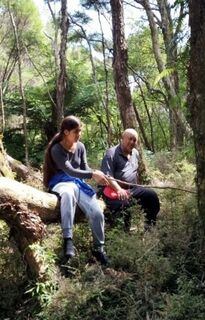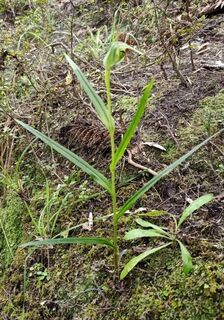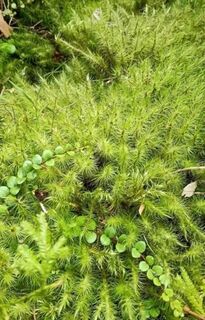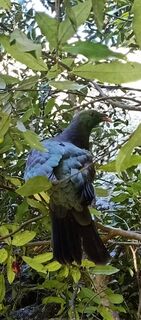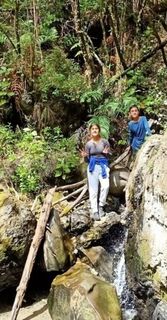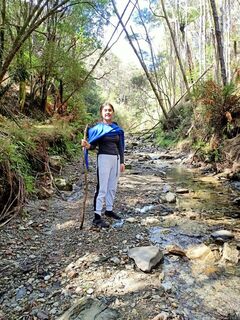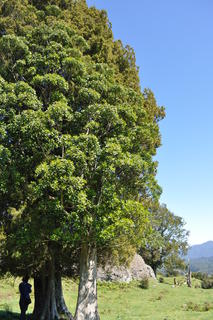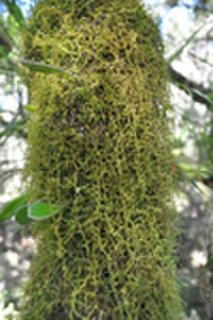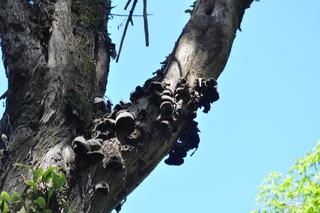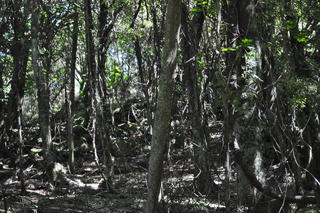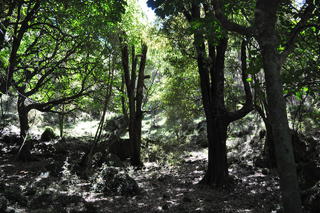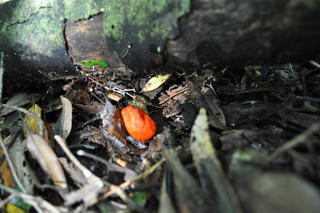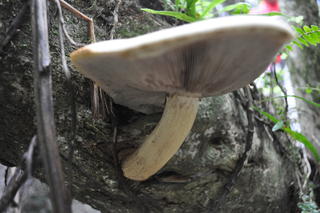In 1958 the local Pakeha community constable, Basil Simpson, came to all the whanau in Awatere valley and the surrounding district, to tell everyone in the household that the government mandate was that kereru was now a protected native bird. Therefore they were no longer to be taken for food. Thus the name Pikaokao, forest hen, was used by local Maori after this time, as Pakeha didn't know this name.
While the government expected Maori not to eat kereru anymore, it never came up with a plan to support struggling Maori whanau after World War II, particularly across Te Tairawhiti, who suffered major losses as documented in Monty Soutar's "Nga Tamatoa".
My Dad was 7 years old when his Mum passed away, and my Papa worked at the local wood mill and as a farmer, to feed my Dad and his siblings. My Dad would go and collect the kereru, cook it in a wood stove oven, and feed himself and his siblings with it, while Papa was at work. My Dad's childhood entailed looking after his younger brothers, as his older siblings had flown the nest years before. At the time of his childhood, my Dad observed that there was an abundance of Pikaokao in Tangikaroro ngahere at that time. The introduced pests of possum, deer, goat, wild pig, wild cats, rogue livestock and stoat numbers in Te Tairawhiti, have impacted heavily upon the entire region, (as well as Tangikaroro to a lesser extent).
The kereru was so plentiful even into the late 1980's in Tangikaroro, that my Dad remembers seeing them resting on Papa Ben's blue-gum trees in the front paddock of Papa's homestead.

